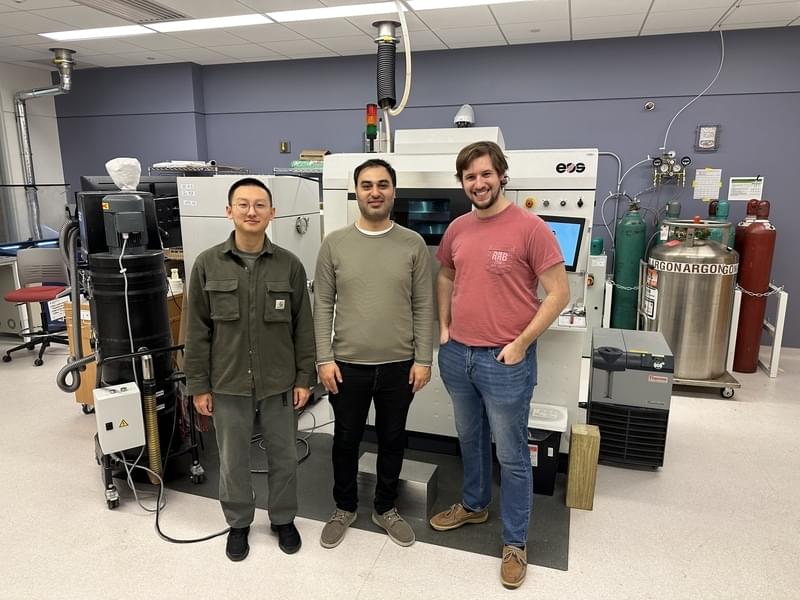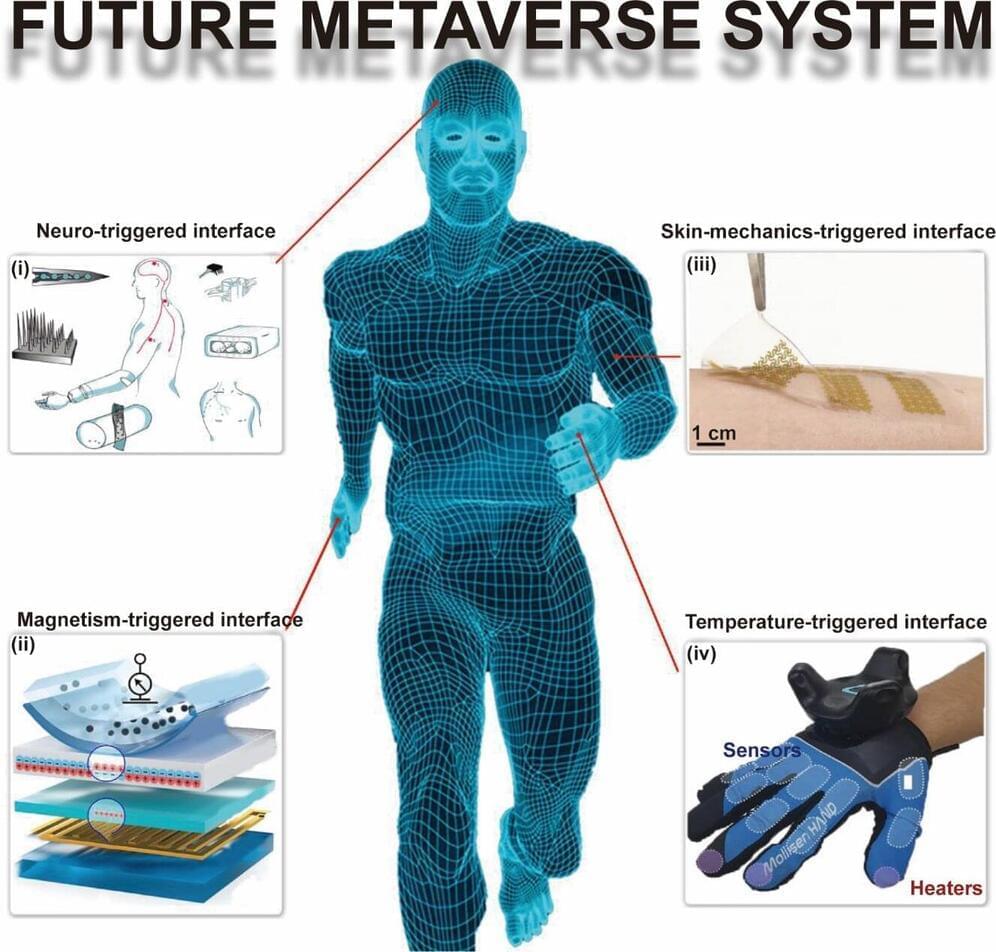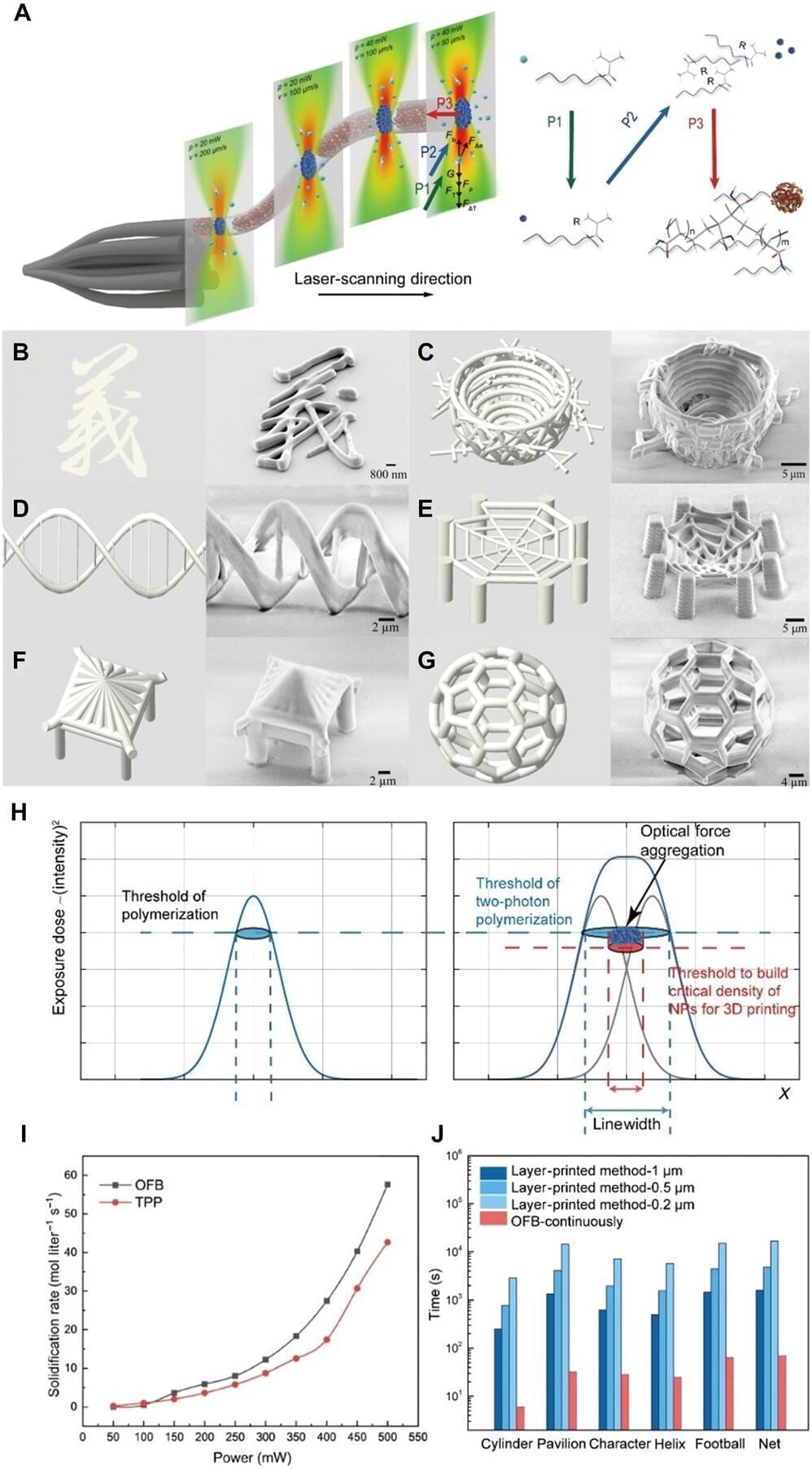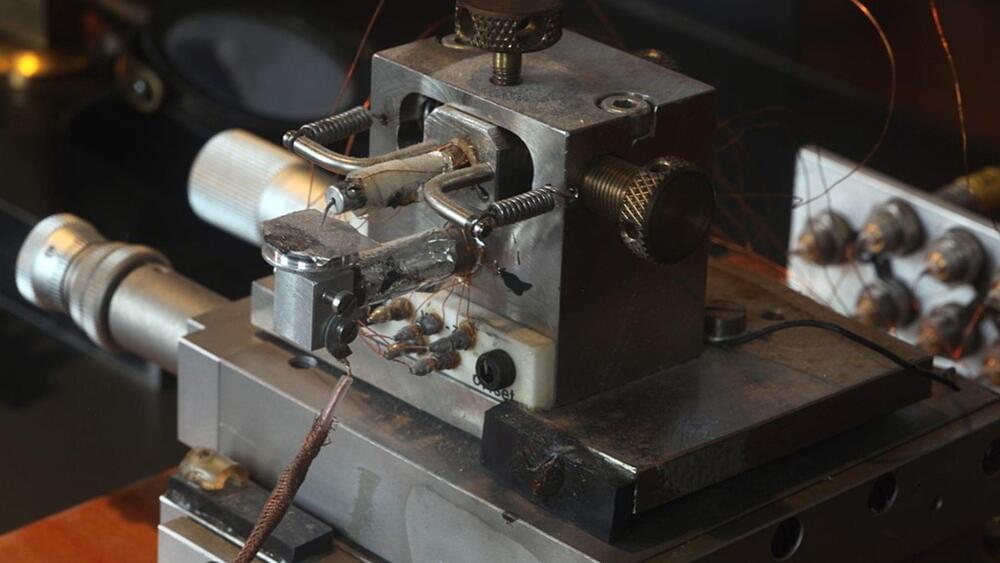Best known for co-discovering the gömböc—the first convex 3D shape with just two balancing points—Domokos aims to understand the physical world by describing its forms in the simplest possible geometry.
He often begins new projects by concocting original ways to classify shapes. To prove that the gömböc existed before they found it, he and Péter Várkonyi introduced mathematically precise definitions of flatness and thinness. To categorize pebbles, Domokos counts their number of stable and unstable balancing points. And to describe tessellating patterns in rock cracks or nanomaterials, he calculates just two numbers: the average number of “tiles” meeting at each vertex in the “mosaic” and the average number of vertices per tile.
The point is to find “a new language” to describe the shapes, says mathematician Krisztina Regős, one of Domokos’s graduate students. “The first thing that people do when they understand something: give it a name,” Domokos says. “And shapes don’t have names.”







